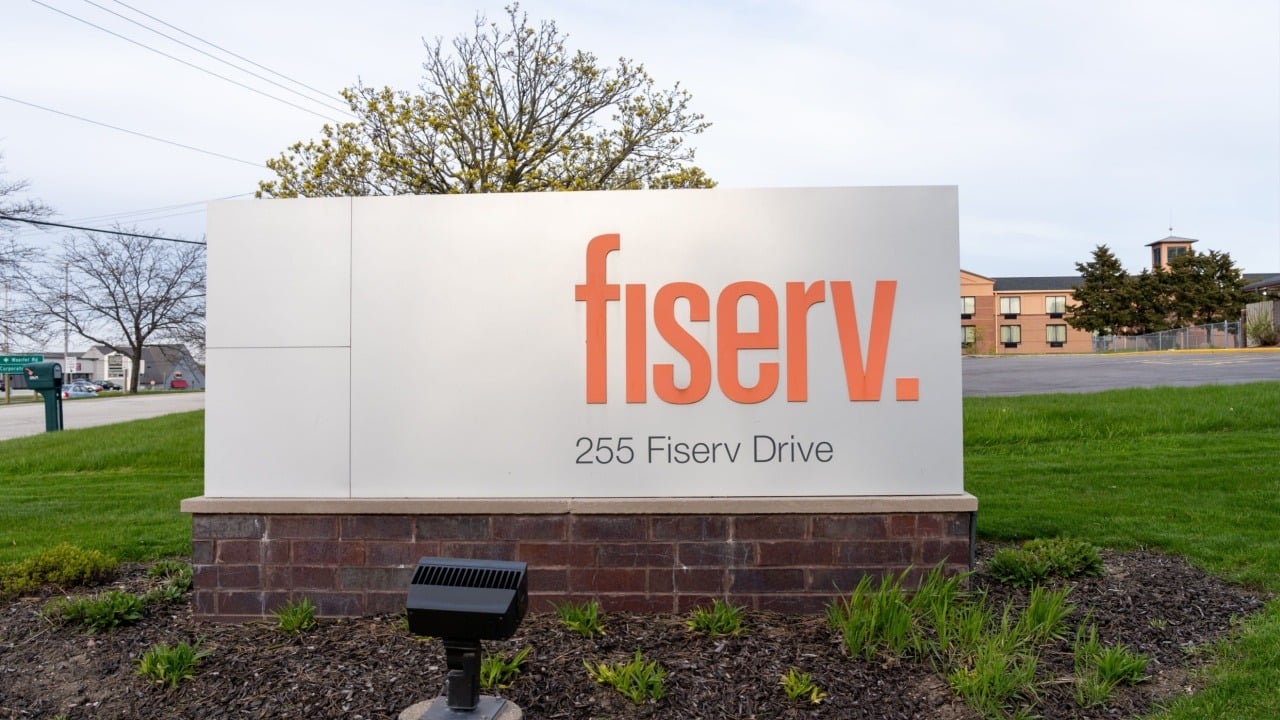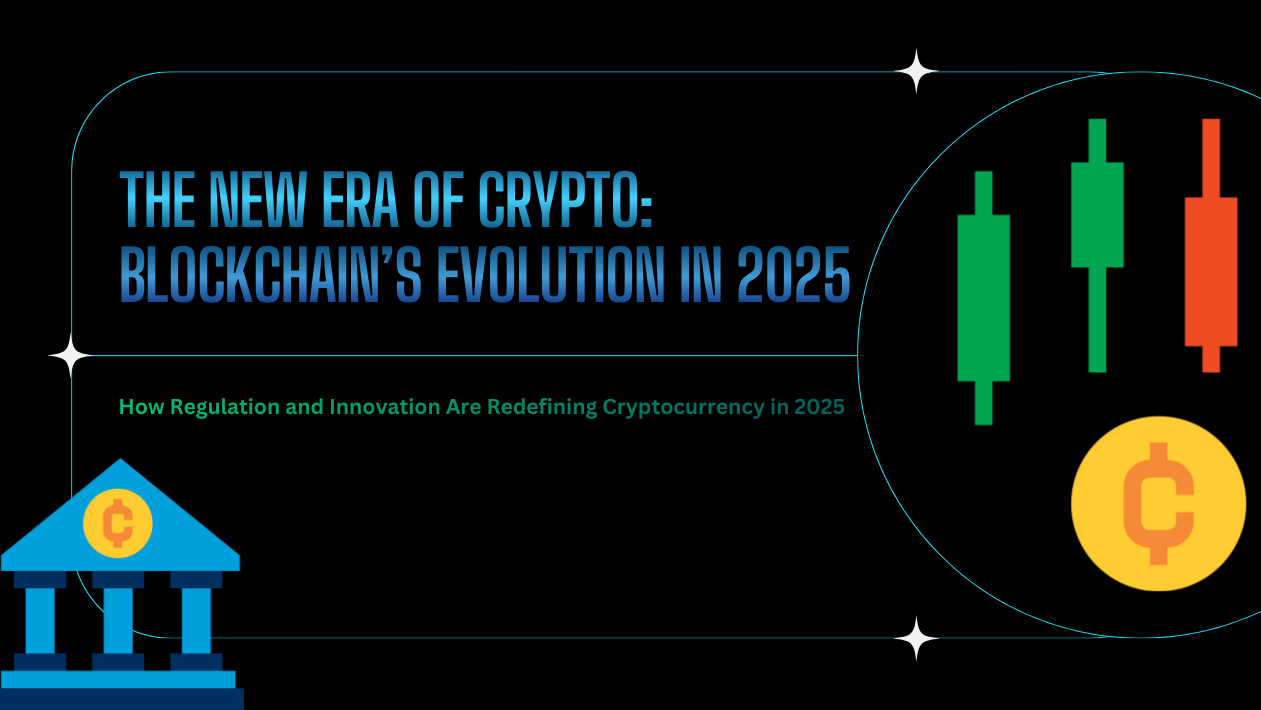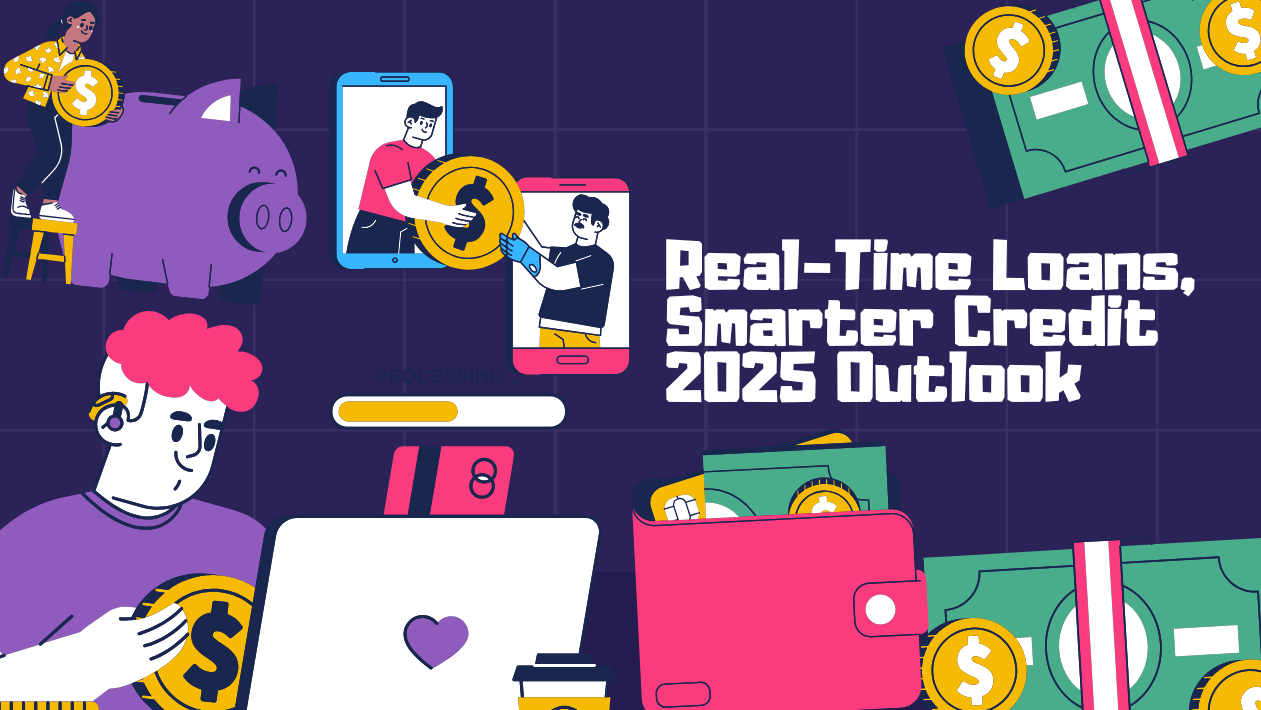Fiserv, the global fintech giant, has announced plans to launch a new digital-asset platform alongside its own U.S.-dollar-pegged stablecoin, FIUSD, by the end of 2025. This strategic move aims to “democratize access” to stablecoin technology for community, regional, and mainstream banks—empowering them to participate in the evolving digital currency ecosystem.
🔗 Key Developments & Partnerships
- Circle & Paxos: Fiserv will leverage infrastructure from Circle Internet Group and Paxos to issue FIUSD, ensuring technical robustness and reliability.
- Solana blockchain: The platform will use Solana’s network to support scalability and high-speed settlement .
- PayPal collaboration: An interoperable link is being built between FIUSD and PayPal USD, expanding usability across platforms.
- Mastercard integration: Fiserv’s FIUSD will be available across 150 million merchants globally via Mastercard’s network, including stablecoin-linked cards and merchant settlements.
📈 Market Impact
- Investor optimism: Fiserv led gains on the S&P 500 with a 3–4% surge after the news, while Circle stock also jumped (~12%) post its IPO.
- Regulatory momentum: The U.S. Senate passed the GENIUS Act, signaling approaching regulatory clarity for dollar-pegged stablecoins—bolstering confidence in Fiserv’s strategic timing.
🏦 Empowering Smaller Financial Institutions
- Fiserv’s platform will provide stablecoin access to its network of 3,000 community/regional banks and 10,000 financial institutions at no added cost.
- It includes built-in fraud prevention, risk controls, and custody via large banks, helping protect deposits and lending operations.
- Smaller banks can also issue white-labeled stablecoins, enabling brand customization and local deployment.
🌍 Why It Matters
- Fiserv’s move bridges traditional finance and blockchain innovation, accelerating mainstream adoption of stablecoins.
- Interoperability with PayPal, Circle, Paxos, and Mastercard fosters a connected digital payments ecosystem.
- By empowering smaller banks, Fiserv helps level the playing field against tech giants exploring their own digital currencies—without disrupting deposits or lending.





